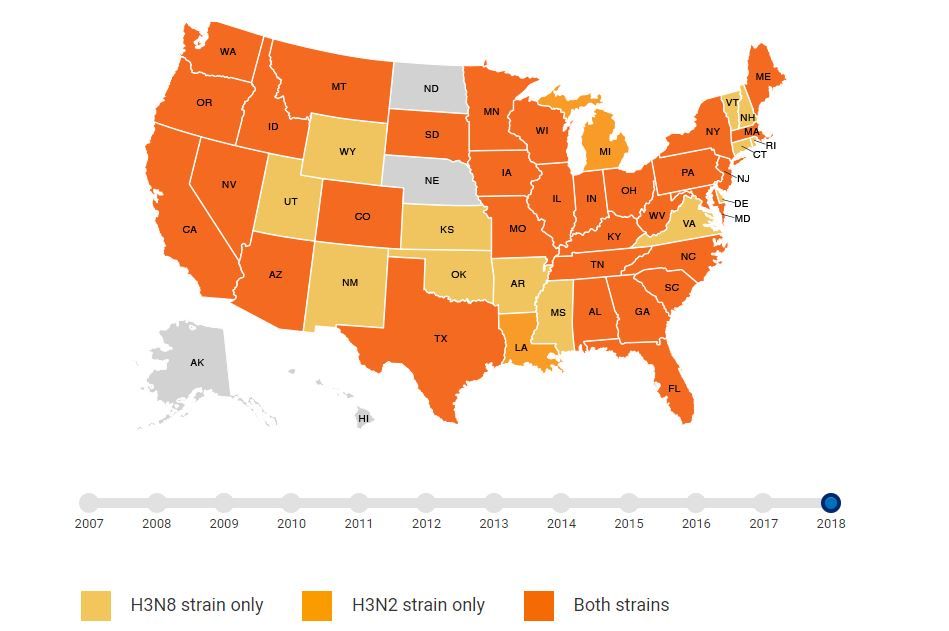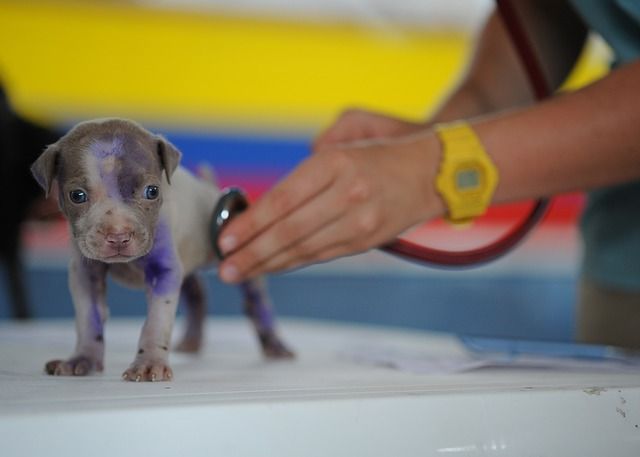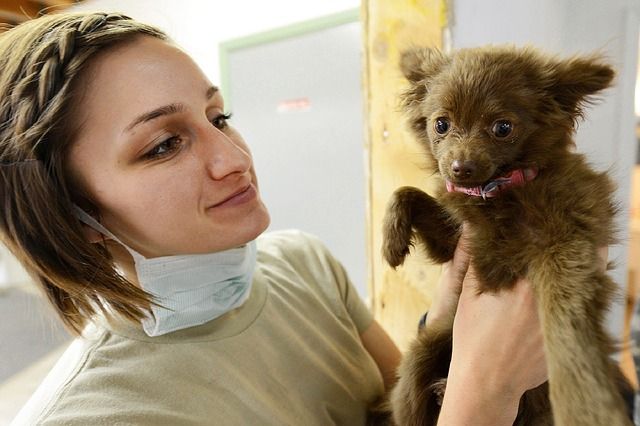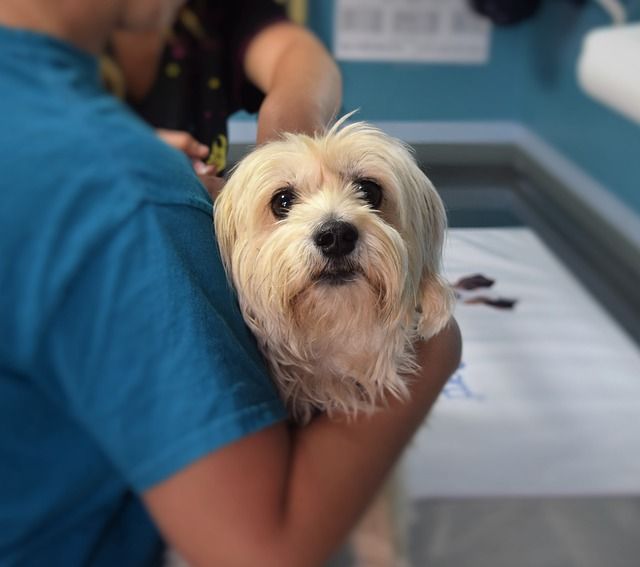Dogs are not just pets, they are integral members of our families. They are there for all the happy moments and the sad ones, supporting us with their unconditional love. That's why it's so scary when they get sick.
Many people don't realize that dogs are susceptible to a lot of contagious illnesses just like humans. While most pet parents vaccinate their dogs for things like rabies and heartworm, they may not realize that they are still able to catch the flu.
That's right, dogs can get the flu and it's starting to spread across the country at increasing levels each year.
In the last decade, the amount of dog flu cases has risen dramatically, and spread across the entire country. DogFlu.com shows the spread of the disease and there have been reported cases in all states except North Dakota and Nebraska.
Because dog flu is a relatively new virus, your canine companions don't have the necessary immunities to fend it off on their own.
The virus spreads between dogs fairly easily, and can harm even the healthiest of dogs.
More and more pet care facilities that house a large number of dogs are now requiring dogs to be vaccinated against dog flu before they can attend daycares, kennels, or even training classes.
What is dog flu?
Dog flu is a relatively new canine influenza virus (CIV) that has been circulating more and more over the last decade. There are two strains that have been reported, H3N8 and H3N2.
The two strains are unrelated and so owners should vaccinate against both. It's especially dangerous because even those not displaying symptoms yet can pass it along to the next dog.
Nearly 20% of dogs diagnosed with dog flu do not display any symptoms.
If your dog was exposed to the illness, they may still have it. While 80% show their symptoms, the other 20% appear to be healthy as ever, but still spread it around to other dogs.
Even humans who have come in contact with dogs with the flu can spread it to other dogs, as the virus can live on your clothes and other surfaces for up to 48 hours. While we can't catch it ourselves, it can be passed along to other dogs, which obviously no one wants to do.
Symptoms of Dog Flu
Dog flu is a lot like our human flu, and causes a lot of the same symptoms. Common signs include:
- High fever (103 degrees)
- Lethargic or sleepy
- Loss of appetite
- Cough
- Runny noses, either clear, yellow, or even pinkish in color
The symptoms can get worse though; dogs can stop eating completely or become depressed. They may also experience fevers reaching 104-106 degrees, as well as increased respiratory rates.
Treatment of Dog Flu
While it sounds scary, your dog is most likely going to be just fine even if they end up with dog flu, as about 90% of dogs recover fully if treated properly.
The unfortunate thing about it is that because it's a virus, it needs to run its course. When you do bring your dog to the vet, call from the car so they can bring your dog in to the room without having them come into contact with other dogs.
When the vet confirms the diagnosis, they may recommend intravenous fluids to help them get hydrated, but when it comes to medication there isn't much that they can do.
If the infection turns into pneumonia, they will prescribe antibiotics for that, but the most important thing is to make sure your dog stays hydrated and eats some food so they can get healthy and strong as quick as possible.
The best way to avoid the problem is to vaccinate before it becomes an issue. Talk to your vet and find out if there are any reported cases in your area, and consider getting them vaccinated so you don't have to worry about it.
Source - DogFlu.com / PetMD / National Geographic / The Dodo / Country Living





